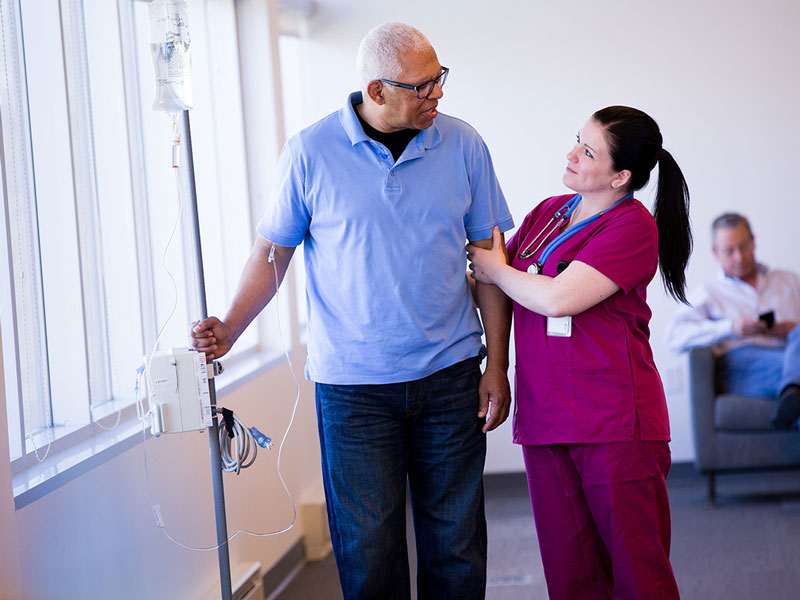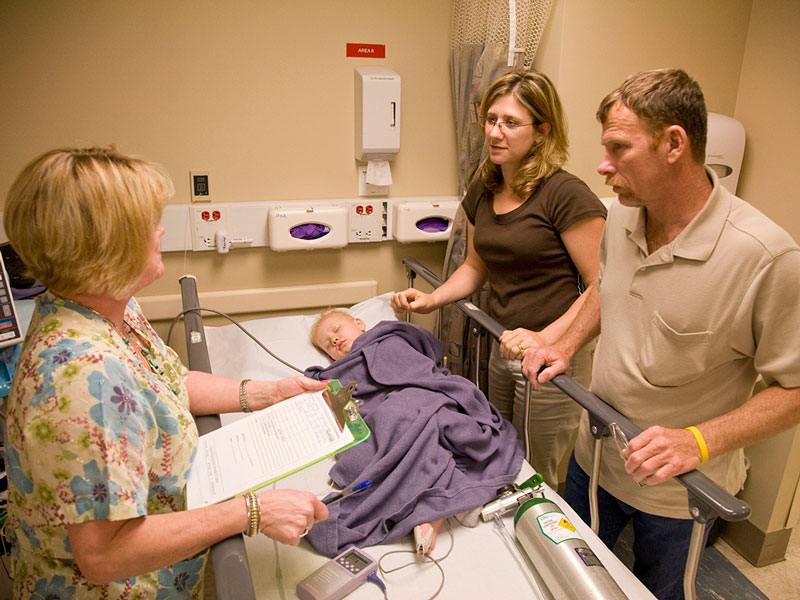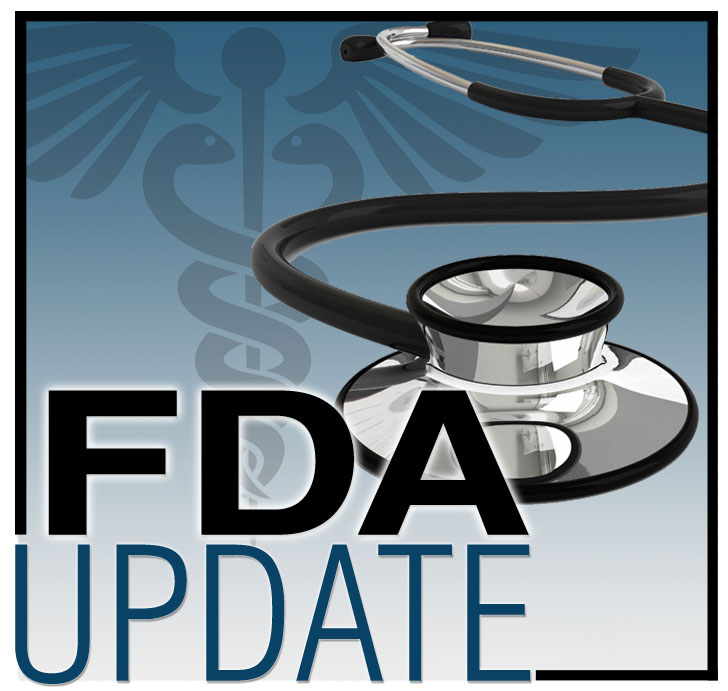Ethnic Minority Patients May Receive Inferior End-of-Life Care

According to the results of a study published in the Journal of Clinical Oncology, African American and Hispanic patients with ovarian cancer who lived in Texas were more likely to receive invasive or toxic treatment and be admitted to intensive care in their final month of life than their Caucasian counterparts.
How Safe and Effective Is Scalp Cooling for Chemotherapy-Induced Alopecia?

Chemotherapy-induced alopecia has been reported by 77% of patients as the most-feared side effect of cancer treatment. In fact, as many as 10% of women say they would consider refusing chemotherapy or choosing a less effective treatment to avoid losing their hair.
- Read more about How Safe and Effective Is Scalp Cooling for Chemotherapy-Induced Alopecia?
- 3 comments
- Add new comment
Senate Passes Bill to Focus on Childhood Cancer Treatments

A new bill passed in the U.S. Senate last week will provide measures to ensure that drug companies are developing treatments for children with cancer. The RACE for Children Act is part of the U.S. Food and Drug Administration (FDA) Reauthorization Act of 2017, which aims to speed up the approval process for new treatments and medical devices and is expected to be signed into law by President Trump.
FDA Approves Liposome-Encapsulated Combination of Daunorubicin-Cytarabine for Patients With AML

On August 3, 2017, the U.S. Food and Drug Administration (FDA) granted regular approval to a liposome-encapsulated combination of daunorubicin and cytarabine (Vyxeos™, Jazz Pharmaceuticals, Inc.) for the treatment of adults with newly-diagnosed therapy-related AML (t-AML) or AML with myelodysplasia-related changes (AML-MRC), two types of AML having a poor prognosis.
- Read more about FDA Approves Liposome-Encapsulated Combination of Daunorubicin-Cytarabine for Patients With AML
- Add new comment
Safely Provide Outpatient Care to Patients Receiving Hematopoietic Stem Cell Transplantations

High-dose chemotherapy with hematopoietic stem cell support is a well-established treatment for many hematologic malignancies. This treatment can be a difficult journey for patients and families. Historically, patients have been treated in a traditional hospital setting in anticipation of severe side effects, including mucositis, febrile neutropenia, thrombocytopenia, and pulmonary, renal, and hepatic complications. Patients can remain profoundly immunosuppressed for months while recovering from transplant. However, better supportive care in recent years has allowed many centers to move all or a portion of their transplant care into an outpatient setting.
- Read more about Safely Provide Outpatient Care to Patients Receiving Hematopoietic Stem Cell Transplantations
- Add new comment
FDA Expands Ibrutinib Indications to Chronic GVHD

On August 2, 2017, the U.S. Food and Drug Administration (FDA) approved ibrutinib (Imbruvica®, Pharmacyclics LLC) for the treatment of adult patients with chronic graft-versus-host disease (cGVHD) after failure of one or more lines of systemic therapy. This is the first FDA-approved therapy for the treatment of cGVHD.
Board of Directors Sets Goals for 2017–2018
Each June, the ONS Board finalizes its goals for the remainder of the year through the middle of following year. The process is collaborative, and ideas are gathered from each board member. Our hope is that the goals we work toward during the upcoming year will make us an effective, strategic, and nimble board for our members.
“Light” Cigarettes to Blame for Rise in Lung Adenocarcinoma

High-ventilation (light) cigarettes have no health benefits to smokers and have likely contributed to increased incidence of adenocarcinoma deep in the lungs, according to the results of a new study published in the Journal of the National Cancer Institute.
FDA Approves Enasidenib for Adults With Relapsed or Refractory AML With an IDH2 Mutation

On August 1, 2017, the U.S. Food and Drug Administration (FDA) granted regular approval to enasidenib for the treatment of adult patients with relapsed or refractory acute myeloid leukemia (AML) with an isocitrate dehydrogenase-2 (IDH2) mutation as detected by an FDA-approved test.
- Read more about FDA Approves Enasidenib for Adults With Relapsed or Refractory AML With an IDH2 Mutation
- Add new comment
What Does the Evidence Show About Patient-Reported Outcomes, Quality of Life, and Survival?

Patients know their own experiences best. Evidence has shown that providers are unaware of about half of patients’ symptoms during cancer care. When patients directly report their symptoms using online questionnaires, it can help close this gap in communication. Bringing the patient voice into practice using patient-reported outcomes (PROs) can not only make us aware of their symptoms—enabling earlier interventions—but can also make care delivery more patient-centered.





